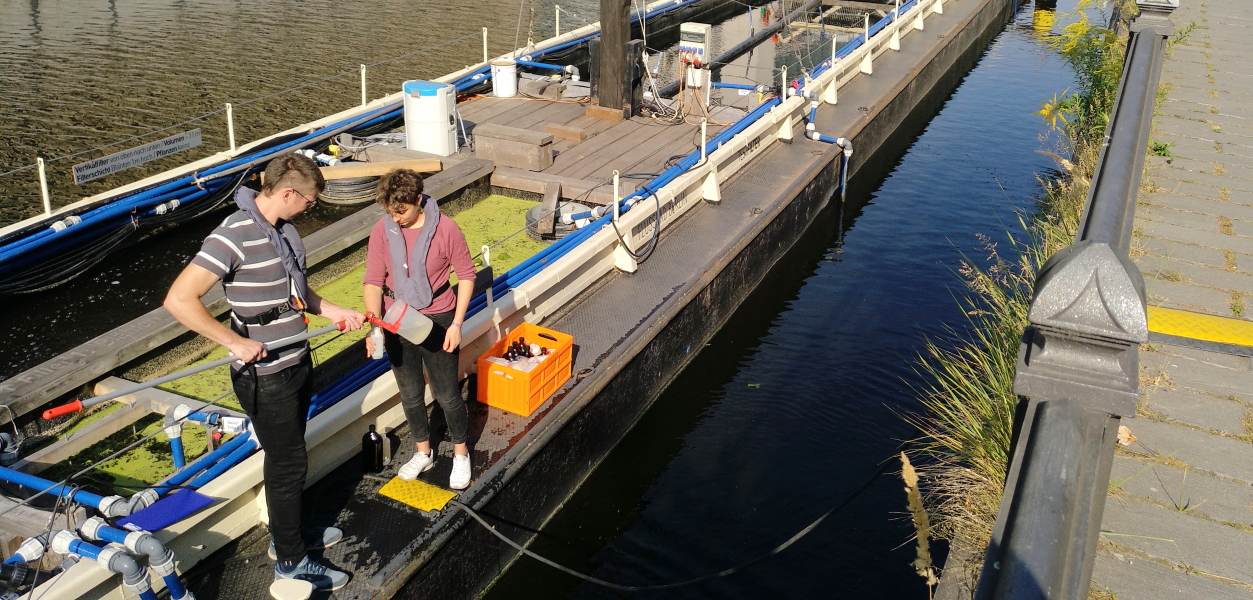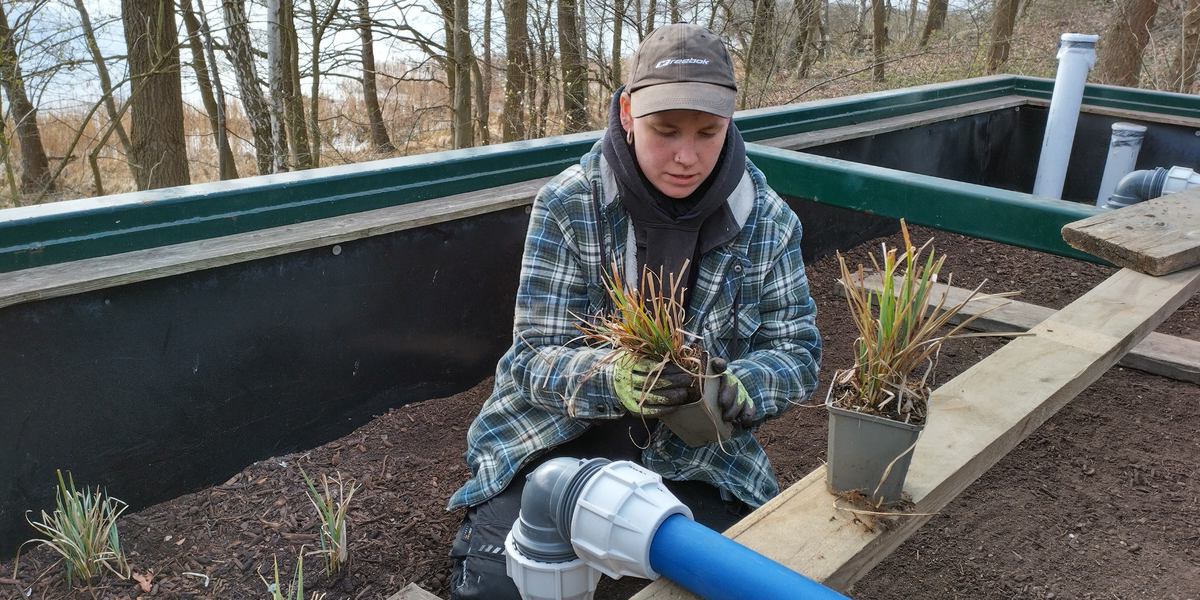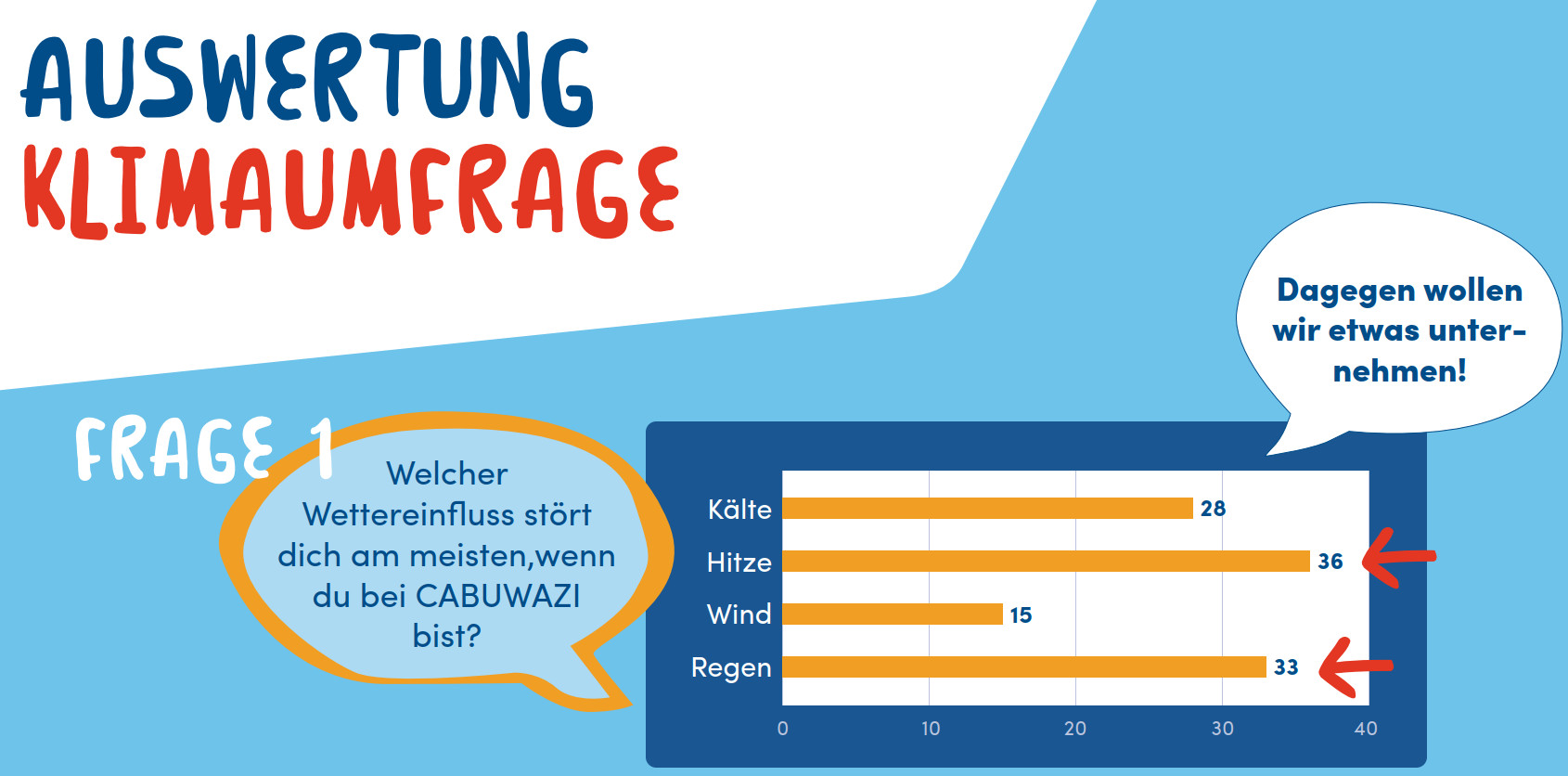

CABUWAZI climate exhibition
Public swimming pool with biofilter in Neustadt (Dosse)
River bath Berlin: Research results presented
The staff of AKUT environmental engineers spent four years in Berlin on the research barge “Hans Wilhelm” studying the treatment of water from the River Spree. Now Heribert Rustige presented the results at the press conference of the Flussbad Berlin e.V. association. The association had commissioned AKUT in 2017 to test biological filters for improving bathing water quality in the Spree Canal. For this purpose, the research barge was placed at the location of the planned water filter at the height of the former Staatsrat building in Berlin’s city centre. Here it was closely observed by numerous tourists and Berliners and the AKUT team had to answer many questions about bathing in the Spree. This report summarises the most important answers.
With the help of the water analyses, it was found that the water quality in the Spree Canal had already improved continuously during the investigation period. This is especially true for the decreasing suspended particle contents, which caused an increase in the visibility depth in the Spree Canal. This trend was confirmed in comparison with long-term data series of the Spree and suggests already successful water protection measures in the city. Against this background and due to the tested filter variants, the cleaning concept can probably be realised with a filter size reduced by 2/3.
Based on the measured, briefly increased microbial loads on a few days a year, it was possible to clearly distinguish the polluted phases due to combined sewer discharges from the unpolluted phases. This enables a targeted step-by-step treatment in a resource-saving concept. This envisages a biofilter, which is normally sufficient to guarantee good bathing water quality according to the EU Bathing Water Directive. As soon as the automatic level measurements in the sewer network of Berliner Wasserbetriebe signal the overflow of combined water, additionally switched-on UV lamps would ensure safe hygienisation. Alternatively, filter operation could then be automatically interrupted for one to two days. This would also safely protect the following watercourse section from microbial overloading.
The research results allow the planning and dimensioning of biofilters for river water treatment. Five different filter materials with or without vegetation were examined. The elimination rates of E. coli and other indicator organisms were determined on the basis of loading tests. The best combination was found to be the use of porous expanded clay with reed planting. The results are an important addition to the know-how available so far, also for outdoor pools with biological water treatment. Experiences and technical innovations made here can be transferred to other water bodies and locations or enable targeted further investigations. We would like to thank the sponsors Xylem (UV -reactor), Rehau (drainage system) and ARGEX Belgium (expanded clay material) for their technical support.
Contact: Heribert Rustige

